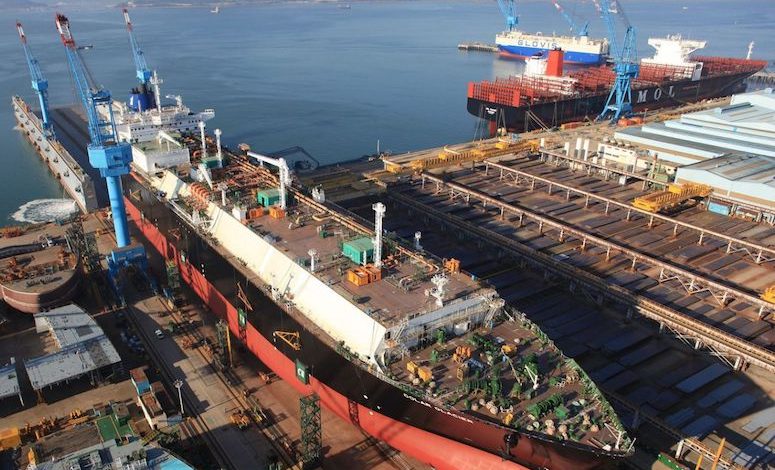Has shipping’s Airbus moment finally landed?

Toulouse is my local airport and every time I fly out I get to see a phalanx of shiny new aircraft, more often than not sporting liveries from the Middle East and China. News this week out of South Korea had me wondering if shipping is finally on the cusp of having its very own Airbus?
France-headquartered Airbus, along with its Seattle rival Boeing, account for nearly nine of ten of every large (100+ seats) passenger airplane built around the world. The two companies dominate airspace developments – and aircraft financing – to a degree that has always been unimaginable to shipping.
Since the Second World War no single shipyard has commanded a global orderbook market share anywhere near 20%, let alone the 40+% enjoyed by both Airbus and Boeing.
The fragmentation, one could argue, has created cheaper newbuild prices, while at the same time limiting research and development.
Hyundai Heavy Industries’ (HHI) move this week to take a majority stake in compatriot Daewoo Shipbuilding & Marine Engineering (DSME) would bring South Korea’s top two yards together, if regulators approve the deal (and that is a big if), giving the combined shipbuilder an orderbook of around 180 ships, topping 20% in terms of global market share. The joint entity would boast 16 huge drydocks capable of building just about any big ship afloat.
DSME is a yard I have always liked. The ships it builds are world class, the layout of the facility is second to none, as visitors to it and copycat Shanghai Waigaoqiao Shipbuilding can attest. The troubled position it has found itself in is down to past management ineptness and corruption, not as a result of the quality of its products. Combining with HHI, and with the financial support of Korea, Inc behind it, the enlarged company could establish itself as a Boeing of shipping.
Across the Yellow Sea, however, I’d imagine we’ll quickly see an Airbus rival emerge. Talk has ratcheted up about Beijing merging its two main state-run shipbuilding groups – CSIC and CSSC. The groups were split in two 20 years ago. Were they to combine they would have a global market share comparable to HHI/DSME.
Such consolidation might not suit everyone, including clients. Shipowners would have less choice and other shipbuilding nations, notably Japan, would risk being elbowed out of the industry. On the plus side, it’s arguable two dominant forces would finally see a cap on the amount of new drydocks that help ruin shipping’s supply/demand equilibrium.
Shipbuilding has gone through 10 years of financial misery as the yards built and expanded during the super boom have chased orders. The yards left standing are the large ones with efficient systems, but there are still too many of them. Man hours per cgt have probably been cut as far as they can go with current technologies. The key to profitability, a term that shipyard managers can finally afford to think about, lies in optimising the supply chain into the yard, and in not taking orders at suicide prices. Both of these things become much easier once the shipbuilding business consolidates.
The single largest hurdle to set this yard consolidation ball in motion opinion will come from Beijing, who, in my opinion, might try to block the merger on anti-trust grounds. Shipping’s Airbus moment could still be shot down.
